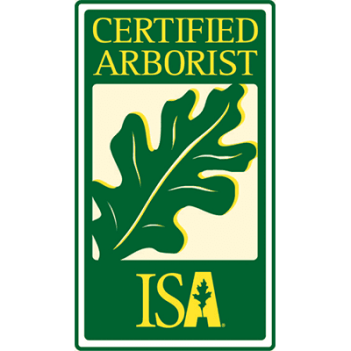For many homeowners, maintaining the health and aesthetics of their trees is a top priority. Regular tree maintenance, such as pruning and trimming, plays a crucial role in achieving this goal. However, there is often confusion regarding the difference between pruning and trimming. In this article, we will dive into both tree care practices, explore their various methods, and understand their importance.
It is important to understand what pruning and trimming entail. Tree pruning is when you remove specific branches or parts of a tree to improve its health, structure, and appearance. Successful pruning involves promoting new growth, maintaining the shape and size of the tree, and getting rid of dead, damaged, or diseased branches. Tree trimming usually involves cutting off extra branches to keep the tree at a specific height or distance from buildings, power lines, etc.
Let’s discuss the specific methods used for tree pruning and trimming. Tree pruning methods vary depending on the specific needs of the tree and the desired outcome. Some common pruning methods include:
- Crown thinning: This involves selectively removing branches to reduce the density of the tree’s crown, allowing more sunlight and air circulation. Crown thinning helps prevent diseases and improves the tree’s overall structure.
- Crown cleaning: This method focuses on removing dead, dying, or diseased branches, as well as any crossing or rubbing branches. By eliminating these problematic branches, the risk of diseases spreading and branches falling is minimized.
- Crown raising: This is the process of removing the lower branches of a tree to create more space underneath. This helps with accessibility, visibility, and appearance.
- Canopy shaping is the process of cutting the outer edges of a tree to keep it in a desired shape or size, while still preserving its natural form.
When it comes to tree trimming, the methods are typically more straightforward. Common trimming methods include:
- Crown reduction: This method is employed to reduce the overall height and spread of a tree. It’s very useful when a tree is too big for the area around it or poses a risk to nearby buildings or power lines.
- Crown reduction is a technique similar to pruning, used to reduce the size or spread of a tree for both safety and aesthetic purposes.
- Canopy cleaning: Much like crown cleaning, focuses on the removal of dead, decaying, or excess branches in the canopy. This helps reduce the risk of falling limbs, and prevent potential harm to individuals or structures.
In conclusion, while pruning and trimming are often used interchangeably, they represent distinct tree care practices with specific purposes. Both practices are crucial for maintaining the overall health, aesthetics, and safety of your trees.
If you are in need of professional tree pruning and trimming services, look no further than Patrick Musser Tree Service. With our expertise and commitment to excellence, we can ensure your trees receive the care they deserve. Contact us today to request a free estimate!



